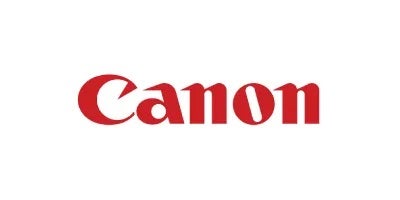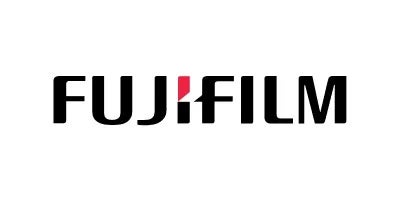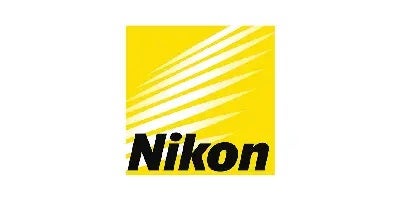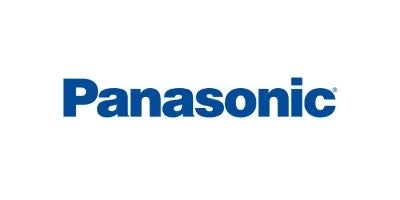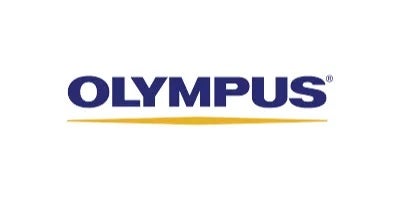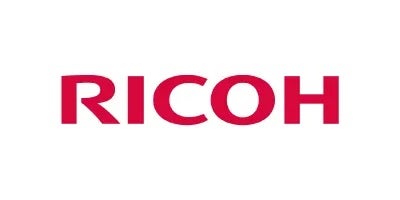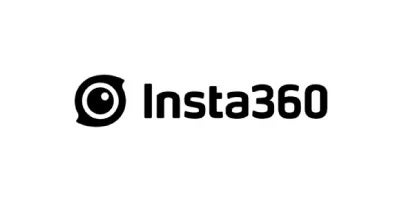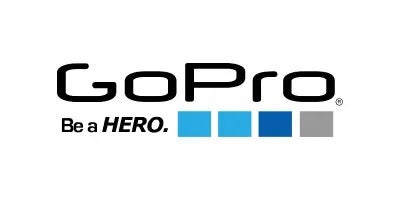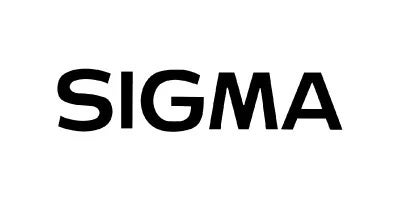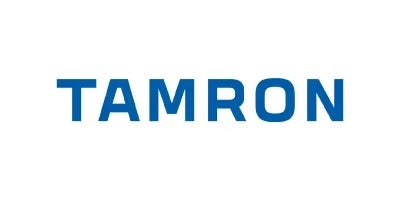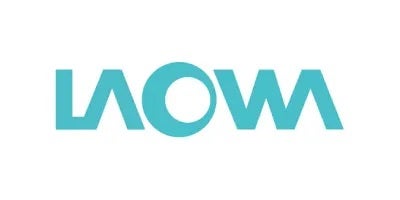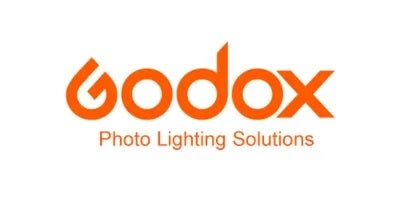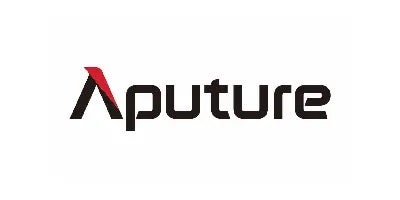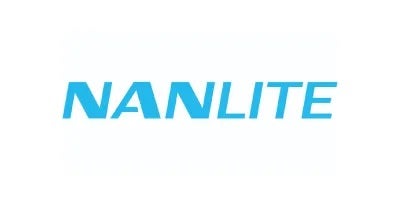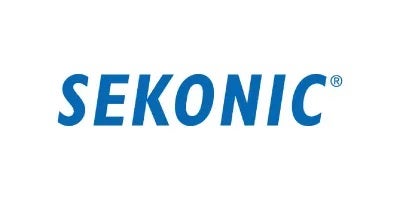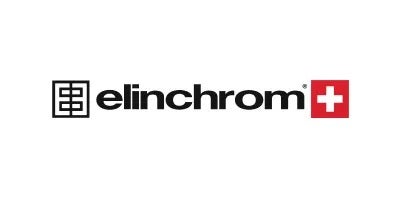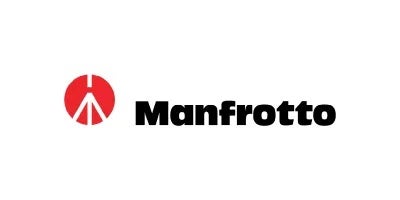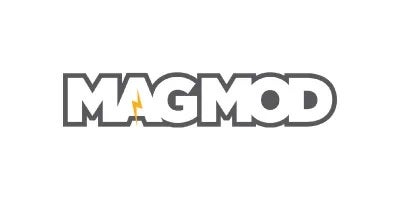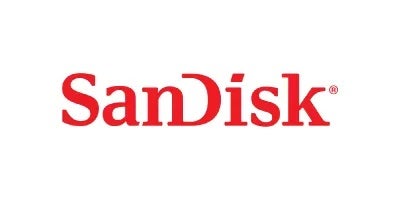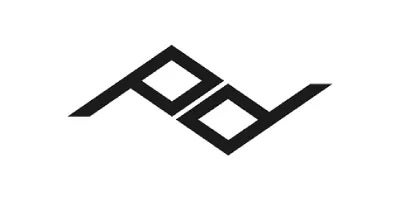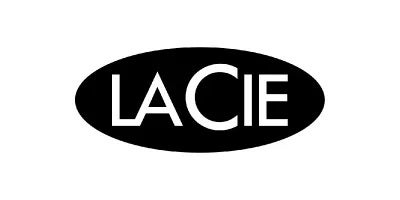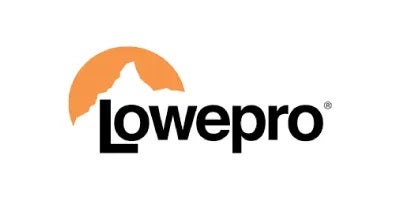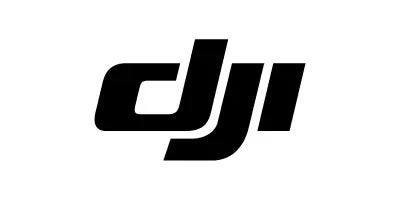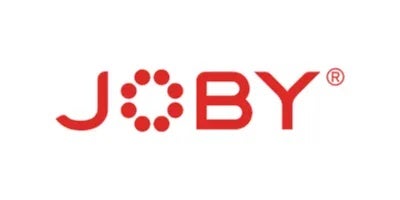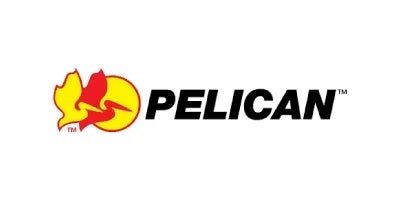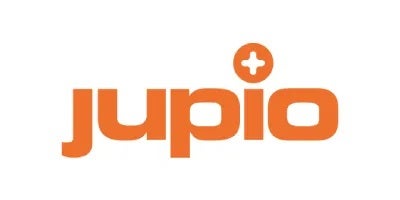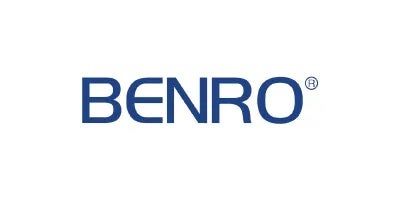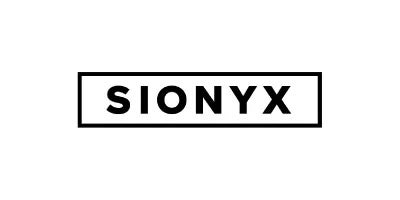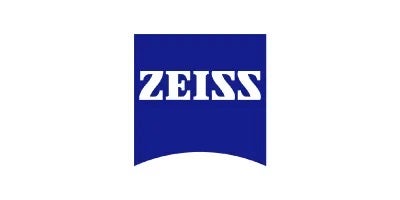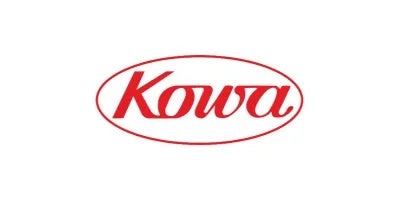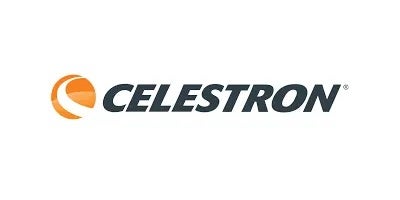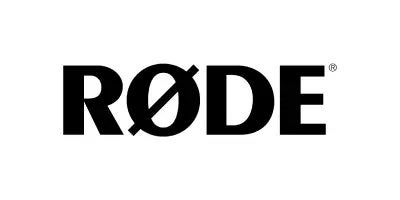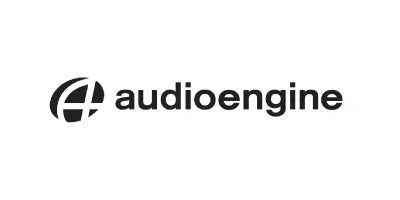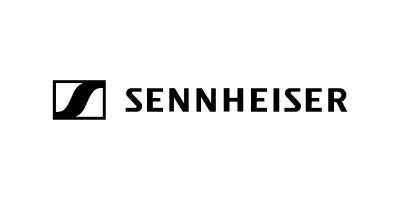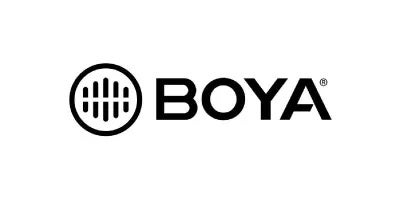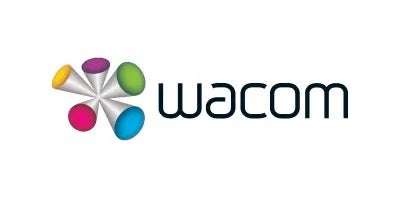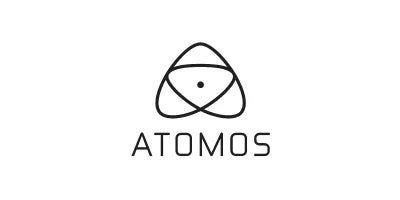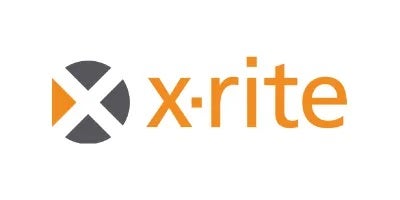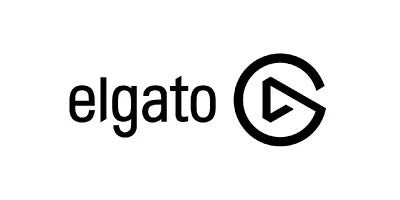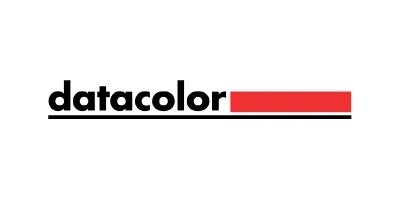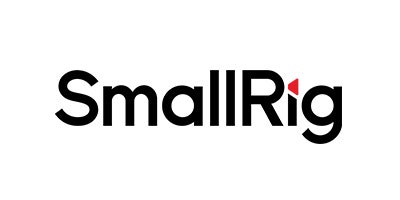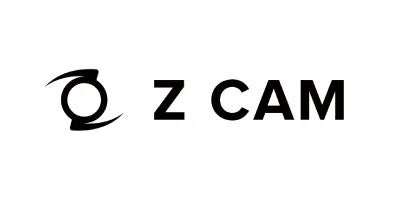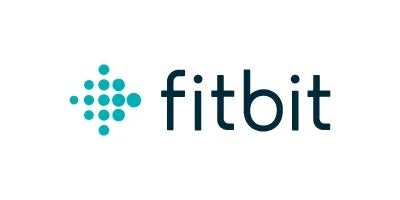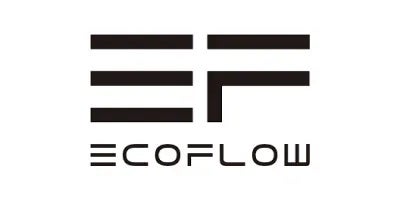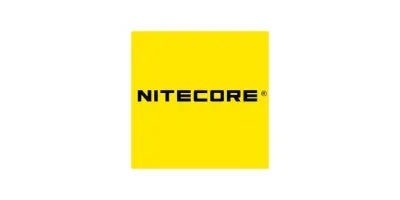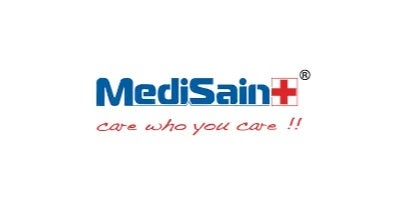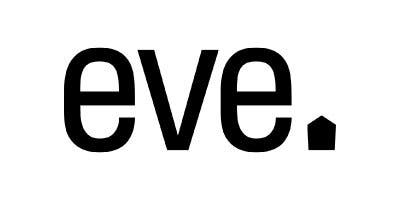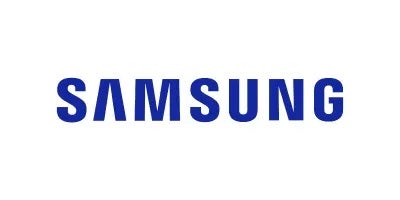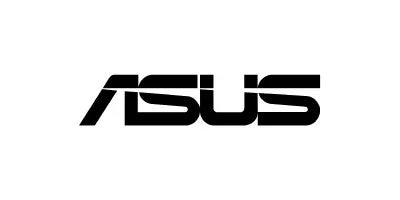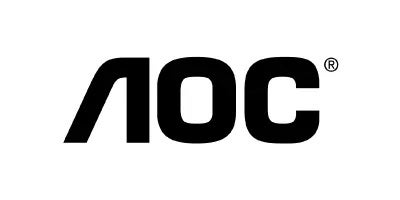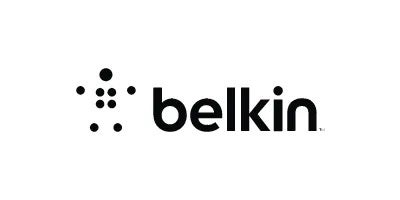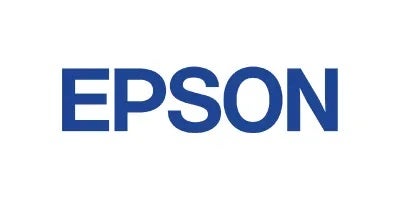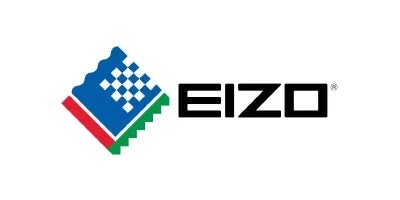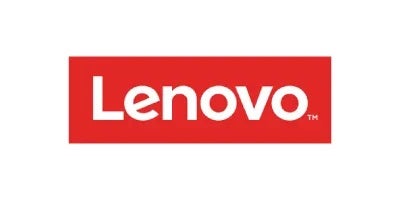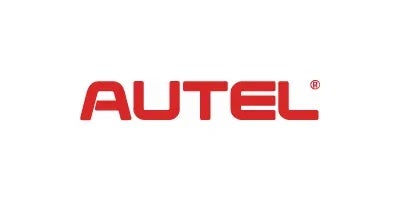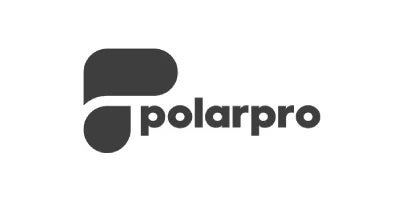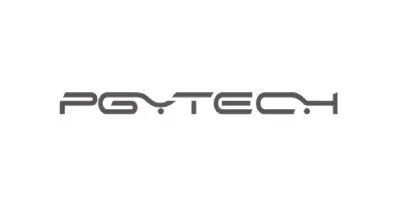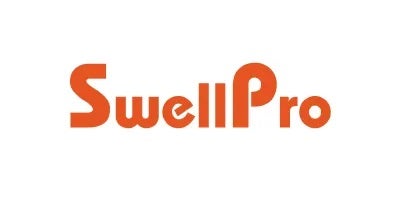| Type |
Single-lens reflex digital camera |
| Lens mount |
Nikon F mount
(with AF coupling and AF contacts) |
| Effective Megapixels |
20 Megapixel |
| Image Sensor |
Format: DX
Type: CMOS |
| Effective angle of view |
Nikon DX-format
focal length in 35 mm
[135]
format equivalent to approx. 1.5x that of lenses with FX-format angle of view |
| Max Resolution |
5568 x 3712 |
| Sensor Size |
23.5mm x15.7mm |
| Sensor Size |
CMOS, 23.5 x 15.6 mm |
| Pixels |
21.51million |
| Image Stabilization |
Digital |
| Dust Reduction System |
Image sensor cleaning
Image Dust Off reference data
(Capture NX-D software required) |
| Bit Depth |
14-Bit |
| Effective Pixels |
20.9million |
| Memory Card Type |
SDXC
SDHC
SD |
| Image Size |
(Pixels) DX (2416) image area
(L) 5568 x 3712 (20.6 million)
(M) 4176 x 2784 (11.6 million)
(S) 2784 x 1856 (5.1 million)
1.3x (1812) image area
(L) 4272 x 2848 (12.1 million)
(M) 3200 x 2136 (6.8 million)
(S) 2128 x 1424 (3 million)
Photographs with an image area of DX taken during movie recording
(L) 5568 x 3128 (17.4 million)
(M) 4176 x 2344 (9.7 million)
(S) 2784 x 1560 (4.3 million)
Photographs with an image area of 1.3X taken during movie recording
(L) 4272 x 2400 (10.2 million)
(M) 3200 x 1800 (5.7 million)
(S) 2128 x 1192 (2.5 million)
Photographs were taken during movie recording at a frame size of 3840 x 2160: 3840 x 2160
(8.2 million) |
| Focus Mode |
Automatic (A)
Continuous-Servo AF (C)
Manual Focus (M)
Single-servo AF (S) |
| File Format |
NEF (RAW): 12 or 14 bit
lossless compressed or compressed
JPEG: JPEG-Baseline compliant with fine (approx. 1: 4)
normal (approx. 1: 8)
or basic (approx. 1: 16) compression
Optimal quality compression available
NEF (RAW) + JPEG: Single photograph recorded in both NEF (RAW) and JPEG formats |
| Autofocus Points |
Phase Detection: 51
(15 Cross-Type) |
| Picture Control system |
Auto
Standard
Neutral
Vivid
Monochrome
Portrait
Landscape
Flat
Selected Picture Control can be modified
Storage for custom Picture Controls |
| Viewfinder Type |
Pentaprism |
| Media Type |
SD
SDHC (UHS-I compliant)
SDXC (UHS-I compliant) |
| LCD Screen Size |
3.2“ |
| File System |
DCF 2.0, Exif 2.31
PictBridge |
| Touch Screen |
Yes |
| Viewfinder |
Eye-level pentaprism single-lens reflex viewfinder |
| ISO Sensitivity |
Auto, 100-51200 (Extended Mode: 50-1640000) |
| Frame coverage |
DX (2416) image area: Approx. 100% horizontal and 100% vertical, 1.3x (1812)
Image area: Approx. 97% horizontal and 97% vertical |
| Shutter Speeds |
30 - 1/8000 Second
Bulb Mode |
| Magnification |
Approx. 0.94x
(50 mm f/1.4 lens at infinity, 1.0 m-1) |
| Metering Method |
Center-Weighted Average Metering
Matrix
Spot Metering
Highlight Weighted |
| Eyepoint |
18.5 mm
(1.0 m{sup(-1)}
from centre surface of viewfinder eyepiece lens) |
| Exposure Modes |
Aperture Priority
Auto
Manual
Program
Scene Modes
Shutter Priority
User |
| Diopter adjustment range |
-2 to +1 m{sup(-1)} |
| Continuous Shooting Speed |
Up to 8 fps at 20.9 MP for up to 50 Frames in Raw Format
Up to 8 fps at 20.9 MP for up to 100 Frames in JPEG Format |
| Focusing screen |
Type B BriteView Clear Matte Mark II screen with AF area brackets
(framing grid can be displayed) |
| White Balance |
Auto
Cloudy
Color Temperature
Direct Sunlight
Fine
Flash
Fluorescent
Incandescent
Preset Manual
Shade |
| Reflex mirror |
Quick return |
| Dust Reduction System |
Yes |
| Lens |
Aperture: Instant return
electronically controlled |
| Built-in Flash |
Yes |
| Compatible Lenses |
Compatible with AF NIKKOR lenses
including type G, E, and D lenses (some restrictions apply to PC lenses)
and AI-P NIKKOR lenses and non-CPU AI lenses (M mode only).
IX NIKKOR lenses, lenses for the F3AF, and non-AI lenses can not be used.
The electronic rangefinder can be used with lenses that have a maximum aperture of f/5.6 or faster
(the electronic rangefinder supports the centre 1 focus point with lenses that have a maximum aperture of f/8 or faster). |
| Max Sync Speed |
1 / 250 Second |
| Speed |
1/8000 to 30 s in steps of 1/3 or 1/2 EV
Bulb
Time
X250 |
| Max Video Resolution |
3840 x 2160p at 23.98, 25, 29.97 fps
1920 x 1080p at 23.98, 25, 29.97, 50, 59.94 fps
1280 x 720p at 50, 59.94 fps |
| Flash sync speed |
X=1/250 s; synchronizes with shutter at 1/320 s or slower
(flash range drops at speeds between 1/250 and 1/320 s) |
| Focus (Video) |
Auto
Manual
Continuous Auto |
| Mode |
S (single frame), CL (continuous low speed)
CH (continuous high speed)
Q (quiet shutter-release)
QC (quiet continuous shutter-release)
Self-timer
MUP (mirror up) |
| Video Clip Length (mins) |
3840 x 2160: 29 Minutes, 59 Seconds |
| Approximate frame advance rate |
Up to 8 fps
CL: 1 to 7 fps
CH: 8 fps
Note: Frame rates assume continuous-servo AF
manual or shutter-priority auto exposure, a shutter speed of 1/250 s or faster
Release selected for Custom Setting a1 (AF-C priority selection), and other settings at default values. |
| Audio Recording |
Built-In Mic: With Video (Stereo)
Optional External Mic: With Video (Stereo) |
| Self-Timer |
2 s, 5 s, 10 s, 20 s; 1 to 9 exposures at intervals of 0.5, 1, 2, or 3 s |
| Connectivity |
1/8“ Headphone
1/8“ Microphone
HDMI C (Mini)
Micro-USB
Nikon DC2
USB 2.0 |
| Remote Control |
Delayed remote
Quick-response remote
Remote mirror-up |
| Wi-Fi |
Yes |
| Metering system |
TTL exposure metering using RGB sensor with approximately 180K (180,000) pixels |
| Battery |
EN-EL15a Rechargeable Lithium-Ion Battery Pack |
| Metering Modes |
Matrix: 3D color matrix metering III
(type G, E, and D lenses)
color matrix metering III (other CPU lenses)
Centre-weighted: Weight of approximately 75% given to 8 mm circle in the center of the frame.
Diameter of a circle can be changed to 6, 10, or 13 mm
or weighting can be based on the average of the entire frame (non-CPU lenses use an 8-mm circle)
Spot: Meters circle with a diameter of about 3.5 mm (about 2.5% of frame) centered on selected focus point (on center focus point when the non-CPU lens is used)
Highlight-weighted: Available with type G, E, and D lenses |
| Dimensions (WxHxD) |
7.2 x 13.5 x 10.4 cm |
| Range |
(ISO 100, f/1.4 lens, 20 {deg}C/68 {deg}F)
Matrix; centre-weighted metering
Highlight-weighted metering: 0 to 20 EV, Spot metering: 2 to 20 EV |
| Weather-Sealed |
Operating
32 to 104F (0 to 40C)
Humidity: 0 - 85% |
| Exposure meter coupling |
CPU |
| Weight |
640 g |
| Exposure compensation |
Can be adjusted by 5 to +5 EV in steps of 1/3 or 1/2 EV in P, S, A, M, SCENE, and EFFECTS modes |
| Exposure lock |
Luminosity locked at detected value |
| ISO Sensitivity |
(Recommended Exposure Index)
ISO 100 to 51200 in steps of 1/3 or 1/2 EV
Can also be set to approx. 0.3, 0.5, 0.7, or 1 EV
(ISO 50 equivalent) below ISO 100 or to approx. 0.3, 0.5, 0.7, 1, 2, 3, 4, or 5 EV
(ISO 1640000 equivalent) above ISO 51200; auto ISO sensitivity control available. |
| Active D-Lighting |
Can be selected from Auto
Extra high
High
Normal
Low
or Off |
| Autofocus System |
Nikon Advanced Multi-CAM 3500 II autofocus sensor module with TTL phase detection
fine-tuning
51 focus points
(including 15 cross-type sensors
f/8 supported by 1 sensor)
and AF-assist illuminator (range approx. 0.5 to 3 m) |
| Detection range |
3 to +19 EV
(ISO 100, 20°C-68°F) |
| Lens servo |
Autofocus (AF):, Continuous-servo AF (AF-C)
Auto AF-S/AF-C selection (AF-A)
predictive focus tracking activated automatically according to subject status
Manual focus (M)
Electronic rangefinder can be used |
| Focus Points |
51
Can be selected from 51 or 11 focus points |
| AF - area mode |
Single-point AF; 9-, 21-
or 51-point dynamic-area AF
3D-tracking
group-area AF
auto-area AF |
| Focus Lock |
Focus can be locked by pressing the shutter-release button halfway
(single-servo AF)
or by pressing the AE-L/AF-L button |
| Built-in Flash |
Auto, portrait, child, close up, night portrait, party/indoor, pet portrait, super vivid, pop, photo illustration, toy camera
Effect: Auto flash with the auto pop-up. P, S, A, M,
Food: Manual pop-up with button release. |
| Guide No. |
Approx. 12/39, 12/39 with manual flash
(m/ft, ISO 100, 20°C/68°F) |
| Control |
TTL: i-TTL flash control using RGB sensor with approximately 180K (180,000) pixels is available with built-in flash
i-TTL balanced fill-flash for digital SLR is used with matrix
center-weighted
and highlight-weighted metering
standard i-TTL fill-flash for digital SLR with spot metering |
| Flash Compensation |
-3 to +1 EV in steps of 1/3 or 1/2 EV |
| Flash Ready Indicator |
Lights when built-in flash or optional flash unit is fully charged
flashes after flash are fired at full output |
| Shoe |
ISO 518 hot-shoe with sync and data contacts and safety lock |
| Nikon Creative Lighting System (CLS) |
i-TTL flash control
radio-controlled Advanced Wireless Lighting
optical Advanced Wireless Lighting
modeling illumination
FV lock
Color Information Communication
Auto FP High-Speed Sync
AF-assist for multi-area AF |
| Sync terminal |
AS-15 sync terminal adapter (available separately) |
| White Balance |
Auto (2 types)
incandescent
fluorescent (7 types)
direct sunlight
flash
cloudy
shade
preset manual
(up to 6 values can be stored, spot white balance measurement available during live view)
choose color temperature (2500 K to 10,000 K)
all with fine-tuning |
| Bracketing types |
Exposure
Flash
White balance
ADL |
| Autofocus |
Contrast-detect AF anywhere in the frame
(camera selects focus point automatically when face-priority AF or subject-tracking AF is selected) |
| Frame size (pixels) and frame rate |
3840 x 2160
(4K UHD)
30p (progressive), 25p, 24p
1920 x 1080
60p, 50p, 30p, 25p, 24p
1280 x 720
60p, 50p
Actual frame rates for 60p, 50p, 30p, 25p, and 24p are 59.94, 50, 29.97, 25,
and 23.976 fps respectively
high quality available at all frame sizes, normal quality available at all sizes except 3840 x 2160 |
| Video Compression Method |
H.264/MPEG-4 Advanced Video Coding |
| Audio Recording Format |
Linear PCM
AAC |
| Audio Recording |
Built-in stereo
or external microphone
sensitivity adjustable |
| Other |
Index marking
time-lapse movies
electronic vibration reduction |
| Monitor Size |
8cm (3.2 in.) diagonal |
| Monitor type |
tilting TFT touch-sensitive LCD with 170 viewing angle
approximately 100% frame coverage
manual monitor brightness control
and an eye-sensor controlling display on/off |
| Monitor Resolution |
Approx. 922 k-dot (VGA) |
| Playback |
Full-frame and thumbnail (4, 9, or 72 images or calendar)
playback with playback zoom
playback zoom cropping
movie playback
photo and/or movie slide shows
histogram display
highlights
photo information
location data display
picture rating
and auto image rotation |
| USB |
Hi-Speed USB
with Micro-B connector
connection to the built-in USB port is recommended |
| HDMI |
Type C HDMI connector |
| Audio Input |
Stereo mini-pin jack
(3.5 mm diameter
plug-in power supported) |
| Audio Output |
Stereo mini-pin jack
(3.5 mm diameter) |
| Accessory Terminal |
Wireless remote controllers: WR-1, WR-R10
(available separately) Remote cord: MC-DC2 (available separately)
GPS unit: GP-1/GP-1A (available separately) |
| Standards |
IEEE 802.11b
IEEE 802.11g |
| Operating Frequency |
2412 to 2462 MHz
(channels 1 to 11) |
| Maximum output power |
8.4 dBm (EIRP) |
| Security |
Authentication: Open system, WPA2-PSK |
| Communication Protocols |
Bluetooth Specification Version 4.1 |
| Range (Line of Sight) |
Approximately 10 m (32 ft) without interference; range may vary with signal strength and presence or absence of obstacles |
| AC Power Adapter |
EH-5c AC adapter; requires EP-5B power connector (available separately) |
| Tripod Socket |
1/4in. (ISO 1222) |
| Operating Environment |
Temperature: 0°C - 40°C (+32°F - 104°F)
Humidity: 85% or less (no condensation) |
| Supplied accessories |
DK-28 Rubber Eyecup, BF-1B Body Cap
EN-EL15a Rechargeable Li-ion Battery with terminal cover
MH-25a Battery Charger
(comes with either an AC wall adapter or power cable of a type and shape that varies with the country or region of sale)
DK-5 Eyepiece Cap
AN-DC3 BK Strap
E20 USB Cable |
| Note |
Unless otherwise stated, all measurements are performed in conformity with Camera and Imaging Products Association (CIPA) standards or guidelines.
All figures are for a camera with a fully-charged battery. Nikon reserves the right to change the appearance and specifications of the hardware and software described in these specifications at any time and without prior notice. Nikon will not be held liable for damages that may result from any mistakes that this specification may contain. |
| Focus Type |
Autofocus |

